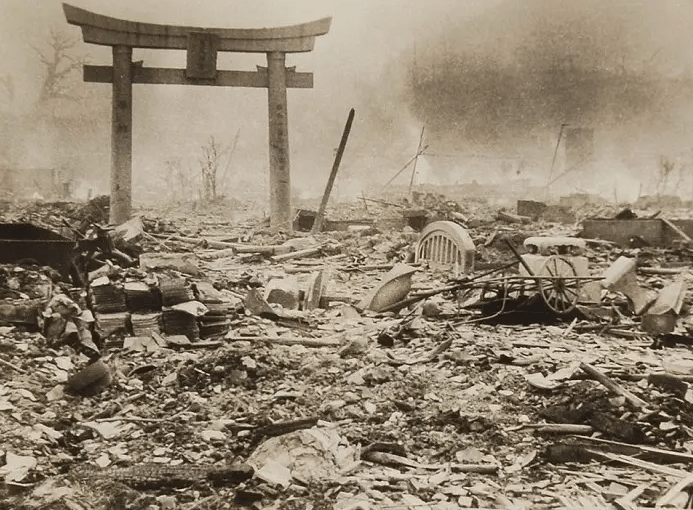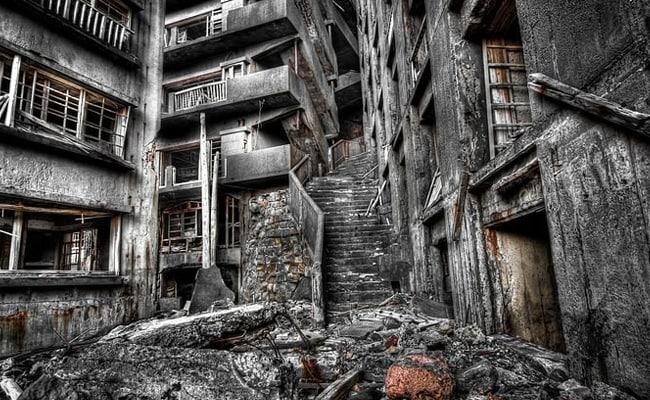On August 9, 1945, a catastrophic event unfolded in the city of Nagasaki, Japan, marking a dark chapter in human history. Nagasaki Day, observed annually on this date, serves as a solemn reminder of the devastation caused by the atomic bomb dropped during World War II. As we commemorate Nagasaki Day in 2023, it is crucial to reflect on the historical context, significance, long-term impact, and lesser-known facts surrounding this tragic event.
History:
Nagasaki was an industrial city on the southern island of Kyushu, Japan, known for its thriving port and shipbuilding industry. In the closing days of World War II, the United States, as part of its nuclear weapons program, dropped an atomic bomb code-named “Fat Man” on Nagasaki. The bombing resulted in an estimated 70,000 immediate deaths and thousands more injured, as well as long-term health consequences due to radiation exposure.

Significance:
The bombing of Nagasaki holds immense significance in human history. It was the second time in history that an atomic bomb was used in warfare, following the bombing of Hiroshima three days earlier. The devastating impact of these bombings led to Japan’s surrender, ultimately ending World War II.
Moreover, the Nagasaki bombing intensified global awareness of the horrifying consequences of nuclear warfare and sparked debates over the morality and ethics of using such weapons in conflict. The aftermath of Nagasaki also played a pivotal role in shaping the international efforts toward nuclear disarmament and non-proliferation.

Impact:
The destruction caused by the atomic bomb in Nagasaki was immeasurable. Entire neighborhoods were reduced to rubble, and the loss of lives was overwhelming. Beyond the immediate casualties, generations of survivors, known as hibakusha, continue to suffer from the physical and psychological effects of radiation exposure. The long-term impact of the bombing on health, the environment, and social structures still resonates with the city and its people.
Also Read: Hiroshima Day 2023: Remembering the Tragedy and Pursuing Peace
Facts:
While many are aware of the basic facts surrounding the Nagasaki bombing, there are lesser-known aspects that deserve attention. For instance, Nagasaki was not the primary target for the bombing; it was originally intended for Kokura. However, due to unfavorable weather conditions, the bomber plane diverted to Nagasaki as a secondary target. The city’s hilly terrain and surrounding hills helped contain some of the blast’s effects, sparing certain areas from complete annihilation.
Additionally, there were notable acts of heroism and resilience amid the devastation. The story of Dr. Takashi Nagai, a hibakusha who continued to provide medical aid to survivors despite losing his wife in the bombing, remains an inspiring testament to human compassion in the face of tragedy.
Conclusion:
As we observe Nagasaki Day in 2023, let us remember the countless lives lost and forever altered by the devastating atomic bomb attack. It serves as a solemn reminder of the horrors of war and the urgent need for global peace and nuclear disarmament. By acknowledging the historical context, significance, long-term impact, and lesser-known facts, we pay tribute to the resilience of the people of Nagasaki while striving to build a world free from the specter of nuclear annihilation.